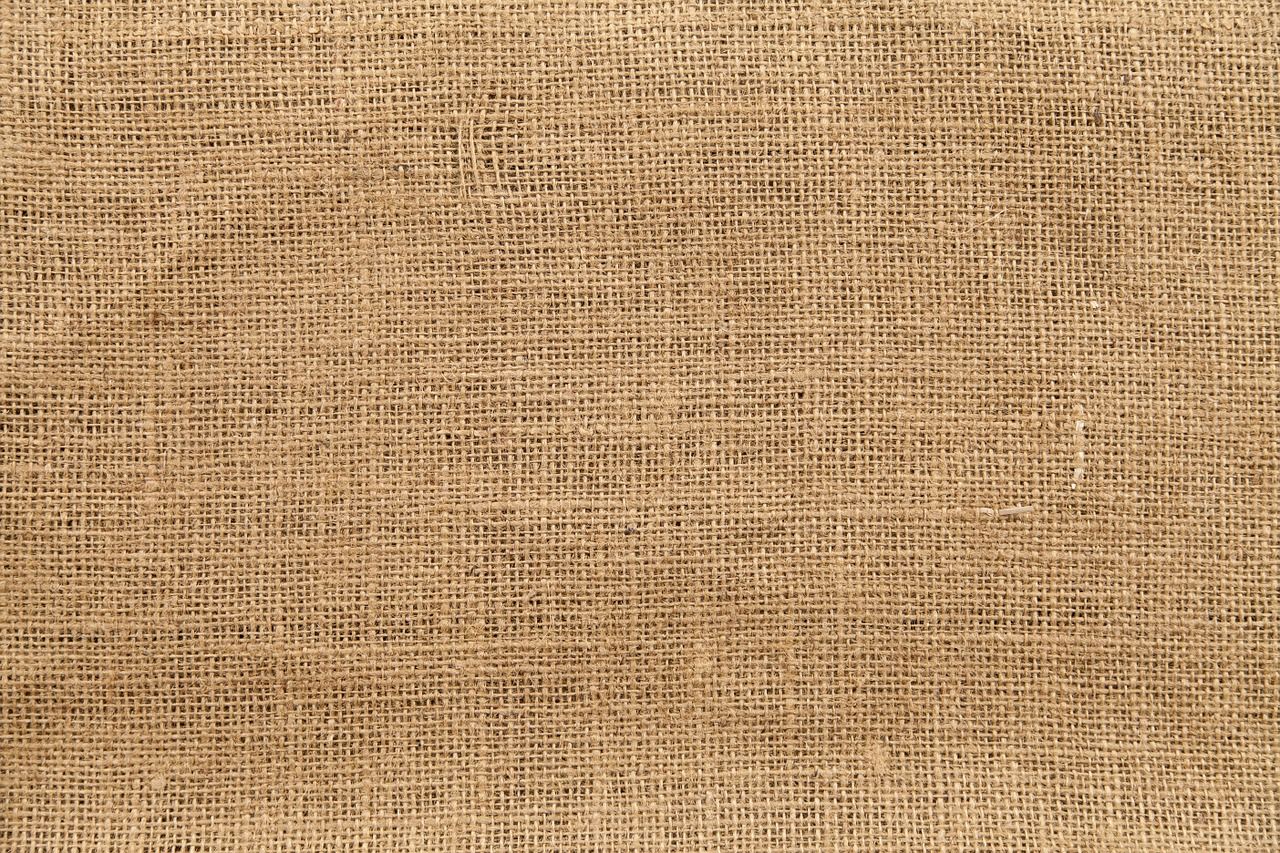- May 8, 2025
- Posted by: wellcoindustries
- Categories: Burlap, Erosion Control
Introduction
Burlap for landscaping has moved from garden hobbyist favorite to a staple in large‑scale soil and water conservation projects. Contractors, purchasing managers, and site‑restoration specialists are looking for ground covers that control erosion, speed revegetation, and satisfy growing environmental mandates. That’s exactly where burlap for landscaping shines.
Wellco Industries—a vertically integrated supplier of fiber‑reinforced composites, agricultural inputs, and specialty fabrics—provides natural jute burlap rolls alongside its FRP and erosion‑control portfolio, giving customers a one‑stop solution backed by global logistics and in‑house quality control.

Burlap Basics: Natural Strength Over Synthetics
What Is Burlap? Jute fiber origins & manufacturing
Burlap is woven from long bast fibers of the Corchorus plant, grown mainly in India and Bangladesh. After retting, combing, and carding, the yarns are loomed into a coarse, open weave that balances tensile strength with breathability. No petrochemicals, no solvents—just plant fiber and high‑pressure steam finishing.
Biodegradability vs. plastic persistence (EPA landfill data)
A 2023 EPA materials‑flow report notes that polypropylene (PP) landscape fabric can remain intact for 400 + years in anaerobic landfill conditions. By contrast, jute burlap loses 90 % of its mass within 18–24 months of soil contact, returning cellulose and lignin to the micro‑organism cycle. That natural breakdown eliminates disposal tipping fees and microplastic liabilities.
Case snapshot: County roadside revegetation success
During a 2024 Midwestern county pilot, 2.6 km of eroding roadside ditch was blanketed with 10 oz jof ute burlap. Germination of a native seed mix reached 82 % in 21 days, versus 55 % on an adjacent stretch protected by a woven PP mat. Maintenance crews reported zero wind‑uplift events—a testament to burlap’s heft and soil conformity.
Performance in the Field: Moisture, Soil Health & Durability
Moisture‑retention stats for seed germination (university study)
Field trials at Oregon State University found that jute burlap retained 38 % more moisture in the seed zone than black plastic fabric after a simulated two‑hour rainfall. Higher field capacity translated into a 25 % boost in seedling emergence for native grasses.
Breathability and root‑zone temperature moderation (expert quote)
“Jute’s open weave lets the soil breathe while shading it from intense solar gain,” explains Dr. Maria Lopez, soil physicist and restoration consultant. “Our probes show root‑zone temperatures up to 6 °C cooler beneath burlap during peak summer afternoons—critical for tender transplants.”
Contractor insight: 20 % faster install time vs. woven PP fabric
Having managed over fifty slope‑stabilization jobs, I’ve clocked crews laying burlap rolls 20 % faster than woven PP. The lighter core and forgiving weave mean fewer knife changes and easier contouring around rocks or tree roots, translating directly into labor savings.
Cost & Sustainability Calculus for Purchasing Managers
Lifecycle cost breakdown: material, labor, disposal fees
| Cost Component | Burlap (¢/sq ft) | PP Fabric (¢/sq ft) |
|---|---|---|
| Material purchase | 15 | 12 |
| Installation labor | 8 | 10 |
| Disposal/landfill fee | 0 | 4 |
| Lifecycle total | 23 | 26 |
Across a 10,000 sq ft revegetation, burlap trims roughly $300 in combined labor and end‑of‑life costs—even before factoring ESG credits.
ESG compliance & LEED credits (regulatory trends)
Municipal RFPs increasingly award up to two LEED v4 points for biodegradable erosion‑control products. Burlap’s USDA BioPreferred status ticks that box, while avoiding the microplastic clauses now standard in state DOT specifications.
Wellco Industries’ vertically integrated supply chain advantage
Because Wellco sources raw jute, weaves, and finishes in partnered mills before final inspection in our ISO‑certified facility, we can guarantee consistent roll weights, custom widths, and private‑label printing—critical for distributors who demand brand differentiation without supply headaches.
Installation & Best‑Practice Tips
Site prep: grading, soil contact, overlap guidelines
-
Grade slopes to < 3 : 1 where possible.
-
Remove sharp debris; burlap tears if snagged on rebar or root stubs.
-
Maintain 4–6 in overlaps along edges and downslope seams to prevent undercutting.
Securing methods: staples, pins, biodegradable stakes
-
Flat sites: 6‑in steel staples at 5 ft spacing.
-
1 : 1 slopes/streambanks: 12‑in hardwood stakes every 3 ft, with downslope rows offset. Biodegradable stakes eliminate later retrieval trips.
Custom applications: slopes, tree wraps, shoreline blankets
-
Tree protection: Wrap trunks with 8 oz burlap to buffer freeze–thaw cracks.
-
Shoreline blankets: Layer two burlap sheets perpendicular to flow; sediment fills the weave and knits a living filter.
-
Hydroseeding aid: Spray slurry through lightly misted burlap for even fiber retention.
Conclusion
Burlap for landscaping outperforms synthetic fabric on the metrics that matter: soil health, installation efficiency, regulatory compliance, and total cost. As sustainability targets tighten, natural jute covers help professionals meet specs without sacrificing productivity.
Ready to compare specs or request a private‑label quote? Contact the Wellco team today for datasheets, roll samples, and freight‑optimized pricing.
Frequently Asked Questions
Q1. How long does burlap last once installed outdoors?
Expect functional integrity for 12–24 months, long enough for root systems to stabilize. Degradation speed increases with moisture and microbial activity.
Q2. Can I customize burlap roll width and branding?
Yes. Wellco offers widths from 36 in to 144 in and can print logos or installation guidelines directly on the fabric for private‑label programs.
Q3. Will burlap attract pests or mold?
Properly tensioned burlap stays dry on the surface; any mold activity occurs in the soil interface, where it actually benefits decomposition and nutrient cycling. Rodent attraction is minimal compared with food‑based straw mulches.
Q4. What’s the best way to secure burlap on steep slopes?
Use 12‑in biodegradable stakes in a staggered grid and add a trench anchor at the top crest to stop water from tunneling underneath.
Q5. How does burlap perform in winter freeze–thaw cycles?
The jute fibers retain flexibility down to –30 °C, preventing the cracking seen in rigid PP fabrics and continuing to protect seedlings through spring melt.
